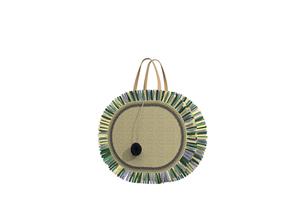Crochet Door Stopper: Keep Your Doors in Place
Crochet Door Stopper: Keep Your Doors in Place
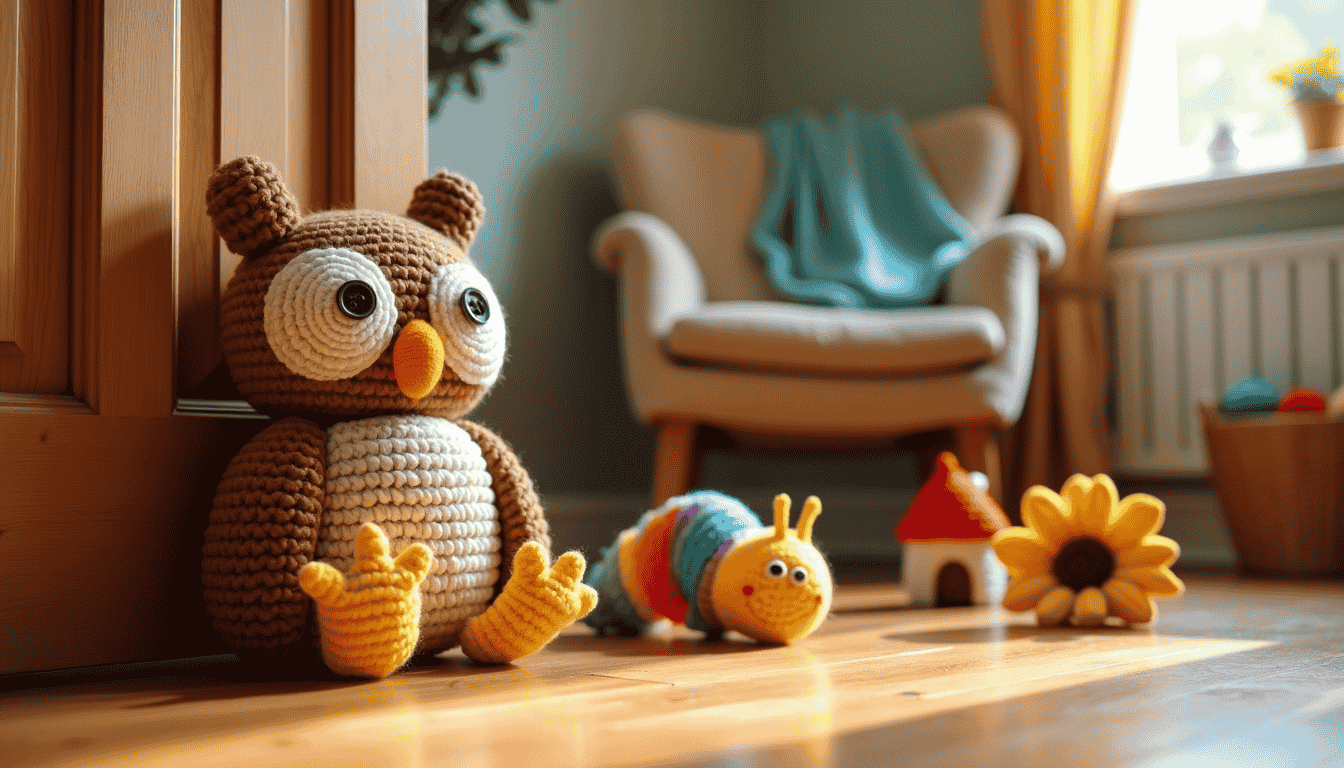
We've all been there - struggling with doors that won't stay open or slam shut at the worst moments. That's where crochet door stoppers come to the rescue! These cute and functional creations are not only practical but also add a touch of handmade charm to any room. I'm excited to share some fantastic crochet door stopper patterns that will keep your doors right where you want them.
In this article, we'll explore different types of crochet door stoppers, from classic pyramid shapes to funny animal designs. I'll walk you through the materials you'll need and provide a step-by-step guide to making a basic door stopper. Plus, I've got some great tips for customizing your creations to match your home decor. Whether you're looking for a soft door stop or a weighted door stopper, we've got you covered with these creative crochet ideas.
Types of Crochet Door Stoppers
When it comes to crochet door stoppers, there's a world of creativity waiting to be explored. I've come across so many fun and functional designs that not only keep doors in place but also add a touch of whimsy to any room. Let's dive into some of the most popular types of crochet door stoppers that you can make or find.
Animal-shaped door stoppers
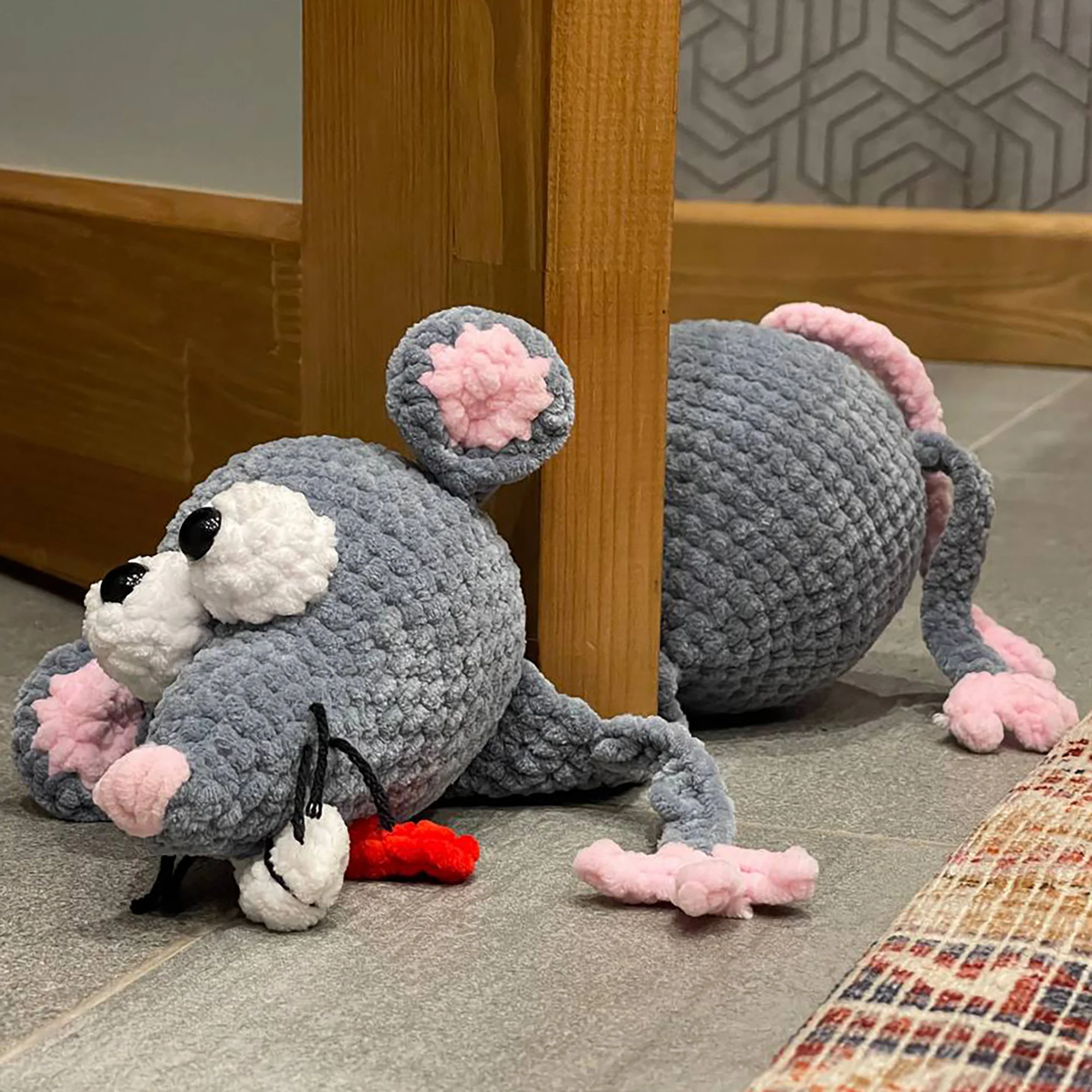
Animal-shaped crochet door stoppers are a hit among crafters and homeowners alike. These cute and cuddly creations bring a smile to anyone who sees them. I've seen adorable penguins, ducks, and even seagulls transformed into door stoppers. One of my favorites is the mouse door stopper – it's perfect for adding a bit of charm to any room. For those who love farm animals, there are patterns for chickens and other barnyard friends that make great door stoppers.
Geometric design door stoppers
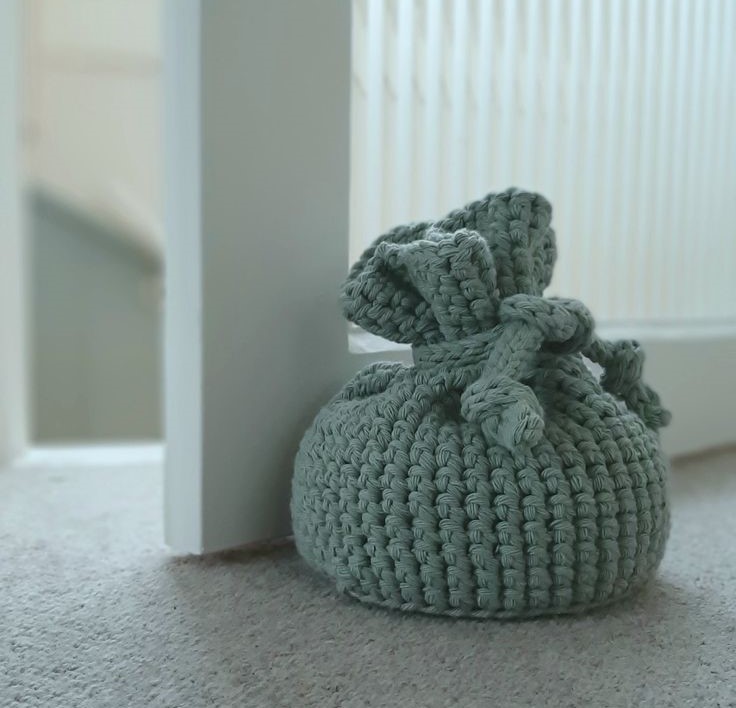
If you prefer a more modern look, geometric design door stoppers might be right up your alley. These patterns often feature simple shapes like pyramids or cubes, which are not only easy to make but also fit well with various decor styles. I've found that these designs are great for using up leftover yarn and can be customized to match any color scheme. Plus, they're usually quick to whip up, making them perfect for beginner crocheters.
Character-inspired door stoppers
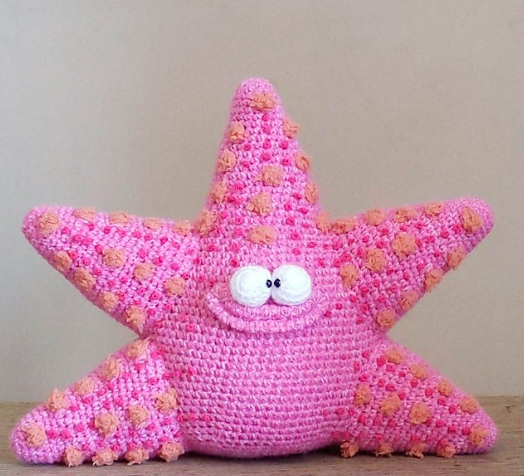
For those who want to add a bit of personality to their home, character-inspired door stoppers are the way to go. I've seen some hilarious and creative designs that are sure to be conversation starters. How about a Freddy Krueger doorstop for Halloween enthusiasts? Or maybe a Santa or snowman door stopper for the holiday season? These character-inspired creations allow you to showcase your interests and bring a touch of fun to your living space.
When making these door stoppers, it's important to remember that they need to be heavy enough to actually stop a door. Many crocheters use materials like rice, beans, or even small weights to give their creations the necessary heft. Also, while stuffing can make for a soft and cuddly appearance, it might not be effective for actually stopping doors.
One thing I love about crochet door stoppers is how versatile they are. You can easily customize them to fit any theme or decor. Whether you're looking for a cute animal to guard your doorway or a sleek geometric shape to complement your modern interior, there's a crochet door stopper pattern out there for you.
So, grab your hooks and yarn, and let's get crocheting! These door stoppers are not just practical items – they're also a great way to show off your crafting skills and add a personal touch to your home. Plus, they make fantastic gifts for friends and family. Who wouldn't love a handmade, functional piece of decor?
Materials Needed for Crochet Door Stoppers
When it comes to making a crochet door stopper, having the right materials is key to creating a functional and attractive piece. Let's dive into what you'll need to get started on your own door stopper project.
Yarn selection
Choosing the right yarn is crucial for your crochet door stopper. I've found that cotton yarn works great for homeware crochet patterns, but acrylic yarn is also a good option. For a sturdy and durable door stopper, I recommend using a worsted weight (#4) yarn. Lion Brand's 24/7 Cotton yarn is a fantastic choice - it's 100% cotton, sturdy, and comes in a variety of colors. You'll need about 180 grams of your main color and 20 grams of a contrasting color for a typical door stopper project.
Crochet hooks
For most crochet door stopper projects, you'll need two hook sizes. I typically use a 3 mm hook for the main body and a 4 mm hook for certain parts. However, if you're working with a chunky yarn, you might need a larger hook, around 6 mm or 7 mm. Remember, the hook size can affect the overall size of your door stopper, so adjust accordingly if you want a larger or smaller finished product.
Stuffing and weighting materials
To make your crochet door stopper functional, you'll need both stuffing and weighting materials. For stuffing, polyester fiberfill is a popular choice. However, to make your project more eco-friendly, you can use yarn scraps or even old socks instead of throwing them away.
For weighting, there are several options to choose from:
Weighted plastic beads: These are specifically designed for projects like door stoppers and weighted blankets.
Pebble gravel: A 10 mm pebble gravel from a garden center can give your door stopper a nice, beachy sound and adequate weight.
Dried beans or rice: While effective, some crafters worry these might attract pests.
Glass pebbles: These can be found in the floral or bridal section of craft stores and work well for a heavier door stopper.
To keep the weighting material contained, I recommend putting it in small plastic bags before inserting it into your crochet creation. This helps prevent any spillage and keeps the weight at the bottom of the door stopper.
In addition to these main materials, you'll also need some basic crafting supplies like scissors, stitch markers, and a yarn needle. With these materials on hand, you'll be well-equipped to start crocheting your very own door stopper. Whether you're making a cute animal-shaped stopper or a more geometric design, these materials will help you create a functional and charming addition to your home decor.
Step-by-Step Guide to Crocheting a Basic Door Stopper
Creating the base
To start your crochet door stopper, we'll begin with the base. Using a magic ring, work 7 single crochets into the center. Pull the ring tight, but not too tight, as we'll need to work into it for the next round. Chain 1 and work 2 single crochets into each stitch around, giving you 14 stitches total. This forms the foundation of your door stopper.
Building the body
For the body of your weighted door stopper, we'll work in continuous rounds, increasing gradually to create a pyramid shape. In the next round, work 1 single crochet in the first stitch, then 2 single crochets in the next. Repeat this pattern around. Continue increasing in every other stitch for the next few rounds until you reach your desired width for the base.
Once you've achieved the right size, work even rounds (1 single crochet in each stitch) for several rounds to build up the height of your crochet pyramid pattern. Remember to keep your stitches tight to ensure a sturdy structure for your door stopper.
Adding weight and stuffing
As you near the top of your pyramid, it's time to add weight to your crochet door stopper. You have several options for this:
Use poly pellets or small pebbles for a hefty weight.
Fill with dry beans or rice for a more eco-friendly option.
Utilize glass gems or marbles for a unique sound when moved.
Whichever option you choose, place your weighting material in a small plastic bag before inserting it into your crochet creation. This prevents any spillage and keeps the weight at the bottom of the door stopper.
After adding the weight, stuff the rest of the pyramid with polyester fiberfill or yarn scraps to give it shape and stability. Make sure to stuff firmly but not so tightly that it distorts the stitches.
Finishing touches
To complete your crochet door stopper, continue decreasing your stitches in each round until you have a small opening at the top. Fasten off, leaving a long tail for closing the opening. Use a yarn needle to weave the tail through the last round of stitches and pull tight to close.
For a fun twist, consider adding embellishments to create a funny crochet door stopper pattern. You could add button eyes, embroider a face, or even crochet small ears or a tail to give your door stopper some personality.
Remember, the key to a successful crochet door stopper is in the weight and stability. Make sure your base is wide enough and your weighting material is sufficient to hold even heavy doors in place. With these steps, you'll have created a functional and decorative soft door stop that will keep your doors right where you want them.
Tips for Customizing Your Crochet Door Stopper
Now that you've got the basics down, let's explore some fun ways to make your crochet door stopper uniquely yours. With a few simple tweaks, you can create a piece that's not only functional but also a perfect match for your home decor.
Color variations
One of the easiest ways to customize your crochet door stopper is by playing with colors. The beauty of crochet is that you can switch up your yarn colors to create endless combinations. Why not try a variegated yarn for a multi-colored effect? I've found that using a variegated yellow and green yarn for the body and a solid dark green for the details can create a fun, nature-inspired look. If you're feeling bold, you could even use different colors for each round to create a rainbow effect.
Size adjustments
The size of your crochet door stopper can be easily adjusted to suit your needs. If you want a larger stopper, simply add more rounds to the bottom square. Conversely, to make it smaller, omit a few rounds from the base. Remember, the foundation chain determines the length of the handle, so you can add or take away stitches to adjust its size. The width of the handle is controlled by the number of rounds, so feel free to add or remove rounds to get your desired thickness.
Adding decorative elements
This is where you can really let your creativity shine! There are so many ways to add personality to your crochet door stopper. Here are some ideas:
Eyes: Try different sizes of safety eyes to give your door stopper character. You could even embroider eyes for a unique look.
Tongue: For a funny crochet door stopper pattern, consider adding a tongue. You can make it as long or short as you like - about 20 cm (8 inches) works well for most designs.
Embellishments: Think about adding buttons, bows, or even crocheted flowers to your door stopper. These small touches can make a big difference in the overall look.
Scented stuffing: For a multi-sensory experience, consider adding some dried lavender to your stuffing. This will give your door stopper a lovely, subtle scent.
Animal features: Transform your basic pyramid shape into an animal by adding ears, a tail, or even fins. A frog-shaped door stopper can be a fun addition to a child's room.
Remember, while it's tempting to make your door stopper super soft and cuddly, it needs to be heavy enough to actually stop a door. So, while you can add decorative elements, make sure they don't compromise the functionality of your weighted door stopper.
By experimenting with these customization tips, you can create a crochet door stopper that's not only practical but also a unique piece of home decor. Whether you're going for a sleek, modern look or a cute, whimsical design, the possibilities are endless. So grab your hook, let your imagination run wild, and start creating your perfect door stopper today!
Conclusion
Crochet door stoppers are more than just functional items - they're a fun way to add personality to your home. These charming creations not only keep your doors in place but also serve as unique decorative pieces. Whether you prefer cute animals, geometric shapes, or character-inspired designs, there's a crochet door stopper pattern out there for everyone.
Making your own door stopper allows you to customize it to fit your style and needs. By playing with colors, sizes, and decorative elements, you can create a one-of-a-kind piece that complements your decor. Remember, the key is to balance creativity with functionality - your door stopper should be both eye-catching and heavy enough to do its job. If you're feeling inspired but unsure where to start, leave us a message to custom your unique door stopper. Happy crocheting!
FAQs
1.What is the process for quickly creating a door stopper? To quickly make a door stopper, you can use readily available materials at home such as a bag of rice, sand, or small pebbles. Simply fill a durable bag with these materials, securely close it, and place it behind the door.
2.What is the ideal weight for a door stopper? A typical door stopper weighs around 1.2 kilograms. However, for larger doors, heavier door stoppers weighing up to 2.2 kilograms may be required to effectively keep the door open.
3.How should I fill a crochet door stopper to ensure it functions properly? When filling a crochet door stopper, start by placing a bag filled with rice or lentils at the base for stability. Then, use soft stuffing to fill the rest of the door stopper. This combination helps maintain the door stopper’s shape and enhances its functionality.
4.How can I make a door stopper for the Christmas season? To create a festive Christmas door stopper, consider crocheting a design that features holiday themes such as Santa Claus, reindeer, or snowmen. Use seasonal colors like red, green, and white, and ensure to add sufficient weight at the base as described for regular crochet door stoppers.
5.What method can I use to add weight to a crochet door stopper so it effectively holds a door open? To ensure your crochet door stopper holds a door open, incorporate a significant amount of weight at the base of the stopper. Common materials for adding weight include small bags of sand, pebbles, or dried beans. Place these at the bottom and then fill the remainder with lighter stuffing material to achieve the desired shape and functionality.




